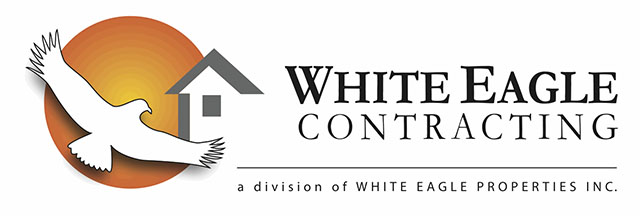Land Development: How to Sell Your Land Faster and Make Money
 How to sell your land faster and make money
How to sell your land faster and make money
There are benefits to developing your lot on your own before you put it up for sale, especially if you’ve tried to sell it unsuccessfully.
By developing it yourself or by doing some land staging or landscaping, or additional marketing you can generate more profit from the sale of your land in the long-term and often sell your lot quicker.
Why is land without a building permit, at times so hard to sell? There are many possible reasons. Many buyers looking for lots to build on are reluctant to take a risk by purchasing a property without it having a building permit or the proper municipal bylaw approvals. There are many cases when a lot cannot be built on, until restrictions and obstacles have been met. The lot may require the building of a road, clearing up obstacles with road access or getting the permission of neighbours. You may also require an engineer to help with site evaluation or a marine biologist to evaluate fish habitat and whether a dock can be built. Certain lands are also subject to flooding, erosion and drainage problems and require storm water management and hydrogeological reports.
Developing a lot can be an intimidating and overwhelming process, unless you work in construction, have the right contacts and are familiar with the process.
Additionally, there is the administration work that the owner has to go through with the municipality for obtaining a developing permit (in Lake of Bays) and a building permit as well as dealing with the legal costs and the installation of utilities and services, etc.
Some who buy an undeveloped property can end up stuck with the unsold land for years. One of the alternatives is to develop it yourself. Get the help of a developer or planner to help you get a building permit, which will enable you to have your proposed building plan in place. There are some basic steps in the land development process that one can follow from beginning to end, these include: creating the development concept on the actual site, getting a preliminary land evaluation report done, along with a feasibility report and a market study. Following this, you may need to secure financing from a lender or investor in order to service the lot. You’ll then need to finalize your development and project design plans to obtain permit approvals from the local municipality. Once these are on the way you can then initiate the marketing, selling and finally the site development. The reason a feasibility report is important is that it will help you determine the overall costs of your project including everything from land development, financing and construction to marketing and legal fees. From this you can determine your total project cost, estimated sales prices and net profit. A land evaluation checklist will point out to you what is involved and required, from determining the characteristics of the land, utilities and services, improvements needed, amenities, zoning issues, location, environmental conditions and price.
Additionally, a market study checklist will help determine the competition, evaluate industry trends, local demographics and the current economy as well as the political climate and the risks involved. Next, you should create a construction plan for development as well as a final project development plan. Your construction plan will look at all aspects including: site conditions, grading, the site plan, existing building plan, road plan, utility plan, parking areas, storm water drawings, existing contours, proposed contours, sediment and erosion plan, landscaping plan and easement details.
The final project development plan should include a legal survey, description of the property, right-of -ways, easements, covenants, restrictions, building plans, restricted area, names of owners and proper addresses.
Along with this you should have a project design plan, which can include your project drawings, a site plan, elevation plan, surveys, overview plan, zoning maps, topographical maps, transportation drawings, utility plans and maps, road design, lot sizes and locations, landscaping, a housing plan, a description of recreational areas and greens space as well as, if applicable, common areas, waterways and pond plans.
Your project will most likely require several steps including hiring a land surveyor, architect, engineer, planner, lawyer, logging company and builder. If you don’t want to do it yourself you can also hire a developer or project manger or a good contractor who can install the essential utilities, including hydro and a well or septic system.
Some more basic things you can do also include checking on your lot periodically and keeping the lot clear of fallen trees, dog weed and overgrowth of bush. The entrance way and road should also be free of fallen trees and well maintained, as these can prevent a potential buyer from even viewing or accessing the lot. Make it as nice a drive as possible to access your lot, with good signage. Adding a couple of nice stones as landmarks or attractive signs also helps.
Once you have lot ready for sale, the marketing is the next step. This also requires a good marketing plan.
Whether you choose to list it with a real estate agent or sell it yourself, this is a very important part of the process to bring it to the final sale along with good photography and a promotional video of the property.
Maureen Smith is a developer, general contractor, qualified mediator, coach, project manager, founder and president of White Eagle Properties Inc. Her practice includes all of Muskoka and she has a cottage in Lake of Bays.To contact Maureen email:info@whiteeagleproperties.com or by phone at 705-812-1594.
By Maureen Smith, Developer, President, White Eagle Properties Inc.
www.whiteeagleproperties.com
Category : News



